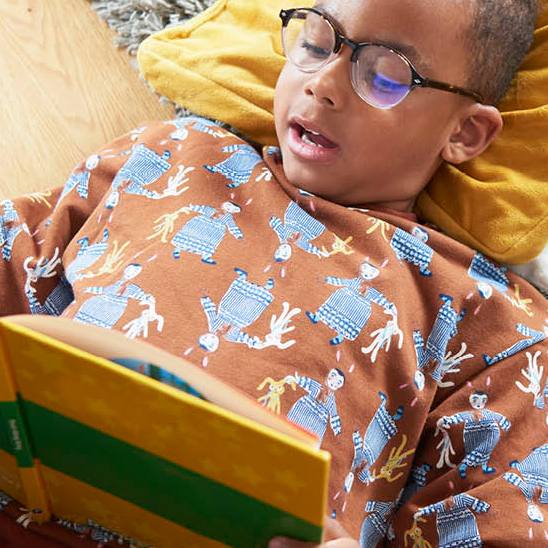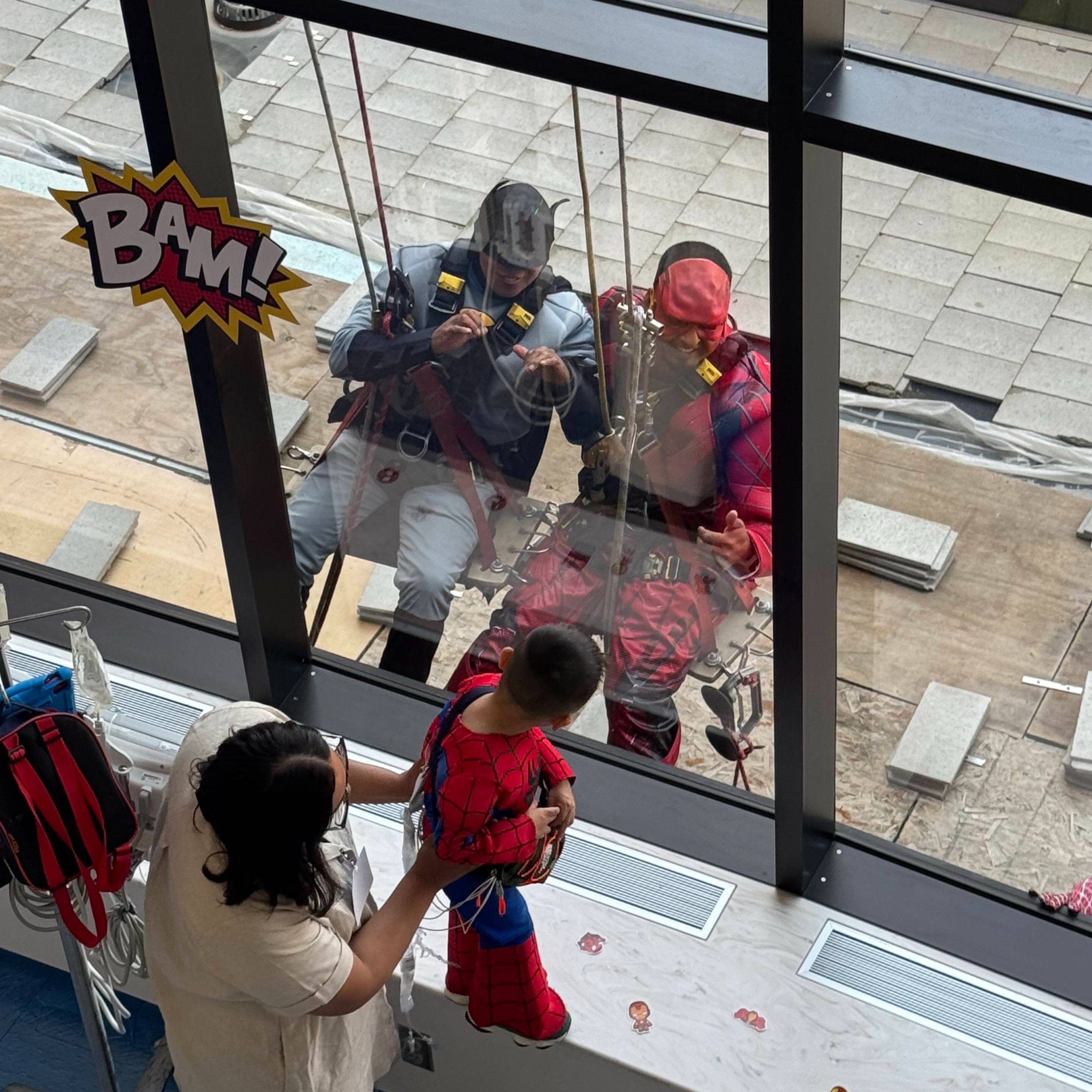-
Know what sports are appropriate for your child

If you want to get your child started on lifelong fitness, consider signing them up for children’s sports and other kid-friendly physical activities.
“You can help your child find the right sport or activity for him or her by considering age, maturity and abilities,” says Bert Hodous, M.D., a Mayo Clinic Health System family physician.
Dr. Hodous offers this advice:
Ages 2 to 5
Toddlers and preschoolers are still too young for most organized sports. At this age, unstructured free play is best. Try running, throwing, catching or swimming.
Ages 6 to 9
As children get older, their vision, attention span and skills, such as throwing for distance, improve. And they get better at following direction. They may enjoy organized activities like t-ball, soccer, gymnastics, tennis or martial arts.
Ages 10 to 12
Children at this age are typically ready to take on complex skill sports such as football, basketball, hockey and volleyball. However, keep in mind that growth spurts can temporarily affect a child’s coordination and balance. Whatever sport your child chooses, ensure he or she has a foundation of proper technique and movement to help avoid injuries. Before allowing your child to participate in a contact sport, consider age, maturity and physical size.
Children are likely to show a natural preference for certain sports and activities. When you’re comparing sports, consider these factors:
- How much will your child enjoy the activity?
- Does the sport emphasize age-appropriate skill development?
- Will there be opportunities for each child to participate?
“Also, avoid encouraging early specialization in a single sport,” says Dr. Hodous. “Focusing on one sport could prevent your child from testing his or her skills and experiencing other enjoyable activities. Sports specialization also can lead to stress and burnout.
Organized athletics may not interest your child, and that’s OK. Children still can be physically active by biking, hiking, jumping rope or playing tag with friends. The overall goal is to teach your child the benefits of lifelong fitness.







